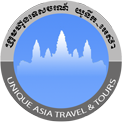|
The temple groups C & B are described and presented with images in part 3 of this series of articles. Part 4 of the My Son article series provides an overview of the exhibits that are presented in two temple buildings of the C group that are used as exhibition halls. Both buildings (formerly assembly halls) each have a single room of a rectangular layout, ideal for exhibition purposes. Mainly objects made of sandstone are on display, some are made of terracotta; it can be assumed that all exhibits are from the temples C & B. Both temple buildings (north and south) must have been badly damaged by the effects of war, which can also be concluded from the condition of the structures. Flat concrete roofs interspersed with windows, which cannot be seen from outside, provide sufficient natural light and protection of the works of art. Proper construction and conservation measures have transformed two ruins into small museums. The placement and hanging of the art objects allows them to be viewed from almost all angles. The inciding daylight makes the objects appear genuine. No museum-style labels were used; in this regard, the visitor’s preparatory knowledge becomes all the more relevant. Two wonderful tympana (images 1.1 & 2.1) attract attention at the entrance of every hall. Shiva can be seen on both reliefs. All exhibits in Hall I are marked with image numbers 1.1 - 1.13, the art objects in Hall II are marked with image numbers 2.1 - 2.16. Exhibition Hall I (Temple South): Shiva can be found in countless variants of depictions in Hindu countries of Asia. The motif of the dancing Shiva can often be seen because it is popular and memorable, although rarely pressed into the high tympanum shape in such a succinct way, as in the Shiva relief in Exhibition Hall I (image 1.1). Two Makaras and two praying people pay homage to the god dancing on a lotus with their lotus offerings. There is no sign of the demon that Shiva is going to destroy while dancing. That is what is actually extraordinary about this motif variant (image 1.2). From a layman's perspective, it is difficult to determine whether a statue or another piece of architecture was inserted into the square recess in the pedestal (image 1.3), and it is equally difficult to identify the headless goddess (image 1.4) by name. Identifying of flying beings (images 1.5 & 1.6) is problematic because both reliefs show some inconsistencies. Figures in this posture are usually female in nature, counting as semi-divine beings, or companions of andharvas (celestial musicians) and are usually recognized or defined as Apsaras or Vidyadharis. Assuming that the left image (image 1.5) is female, the girlish physique and the graceful face make this identification likely, we are then looking at a couple, because the right image (image 1.6) is clearly male, the mustache and the tough physiognomy do not allow any other interpretation. Both carry a weapon, club and/or sword, these props do not fit the semidivine celestial beings. For the reasons stated, no naming is made. Floral decorative elements in the form of foliage (images 1.7 & 1.8) were mostly placed in the upper areas of the temple towers as corner acroters. In image 1.6 (right) you can see another similar decorative component, but this raises the question of whether an extremely stylized Makara can be seen in the leaf acroter. Image 1.7 shows the natural shape of a leaf, while the component in image 1.6 is understood to be a leaf, but differs significantly from the leaf shape. The relief (image 1.8) is reminiscent of an evenly grown tree; here we are probably thinking of the wish-fulfilling tree of life (Kalpavriksha). Gajasimhas, mythological beings that are combinations of elephants and lions, were obviously more than popular among the Cham; due to this preference, they appear in variable forms as relief and statues in front of and on many Cham temples. The Gajasimhas were apparently believed to have special apotropaic abilities. Two attractive specimens of this genus are presented in pictures 1.9 & 1.10. The beautifully worked corner part most likely comes from a pedestal (image 1.11), the relief shows a Kala face typical of Cham art of the My Son era. Next to two steel bomb casings, the torso of a statue of a god is almost lost in inconspicuousness. This unusual presentation will make some visitors uncomfortable, but accusations and critical discussions of the war events and the destruction of the temples in MY SON must be allowed, because it’s fully appropriate. The suffering of the people is all too soon forgotten, and later only the loss of art treasures and material values is lamented. On a long table in the middle of the exhibition hall (image 1.13), in addition to two surprisingly precisely rounded lingam fragments, several parts of external decorations are shown, these are the end pieces of acroteria and decorative tips. A key motif found on the construction elements is the decorative lotus flower, a symbol of purity. The walls still offered enough space for additional objects, but more remains could not be recovered, or the more important pieces were given to other museums. For example, the Cham Museum in Da Nang has magnificent works of art from My Son, which fill one of the halls of the stately house pretty impressively. Exhibition Hall II (Temple North): The inventory and presentation of the objects in Hall II correspond to the exhibition in Hall I. Right in front there is a Shiva tympanum as an eye-catcher (image 2.2). In the wonderfully preserved lower relief area, an ensemble of musicians (image 2.3) is quite impressive: flautist, drummer and dancer in lively movement; today's young audience would attest that the relief is pure action. The right relief part acts as a counterpart to the moving scene on the left: contemplative calm, meditative silence. Does Parvati enjoy homageous worship? Both the left and right images are designed as open-air scenery, with a tree symbolizing nature in each case. There is a small detail worth seeing in the tree in the scene on the left; the musicians probably hung up an incense burner. There are three Nandin sculptures in My Son: a larger one in the My Son Museum and the monumental Nandin sculpture in the open air in Temple Group E (see article: My Son Temple City Part 1 Image 8.10). A third Nandi sculpture, smaller in relation to the others, is shown in picture 2.4. The sculptor knew how a humpbacked bull, like Nandi, should look from the side. The magnificent torso of a statue of a god (shown in four views, images 2.5 - 2.8) is the ideal image or idealized representation of a male deity. With such human sculptures, the Cham sculptors have grown beyond themselves; traditional templates have been overcome and independence has been achieved. The overall photo of the sculpture (image 2.5) shows the massive square base connected to the image and the pyramidal cone, which shows that the deity stood immovably secure on a pedestal. The very elegantly cut and elegantly worn sarong (wrap skirt) does not reveal any peculiarities that indicate a specific deity. The two small fragments with dancers cannot be clearly identified, either. The image 2.9 is possibly a depiction of a Vidyadhari: the posture and veil over the arms indicate such a semi-goddesses, a kind of celestial beings often called Apsaras. – The fragment (image 2.10) does not appear to be a dancer, but rather a warrior. The man's posture shows nothing of dancing elegance; the man strides forward too vehemently and determinedly, towards an goal, the unfortunately remains invisible. Animal reliefs or animal statues are usually guardians. The defense against evil forces (spirits) is entrusted to certain animals. Due to their strong apotropaic charisma, lions (image 2.11) and lion-elephants (image 2.13) seem ideally suited to countering negative forces, as they often appear in the outer areas of the Cham temples. The Hamsa (image 2.12), the sacred goose, is the mount of Brahma (or Brahmi), but its appearance as an individual is rather rare. The Cham priests must almost be said to have a preference for the Hamsa, because Hamsa reliefs have been preserved not only in stone but also in terracotta (see article: Temple City of My Son Part 5, image 18). The torsos of the statues of deities (pictures 2.14 - 2.16) can be easily identified because their mounts are intact, but caution! The equation Humpback Bull Nandi=Shiva is not necessarily correct. The supposedly male upper body is shaped all too feminine; if you want, you can view this torso as Parvati (Shiva's wife). The situation is similar with Brahma (image 2.15). Although Brahmi's female forms are not visible, Brahmi could have sat on the pedestal because she also used the Hamsa as a mount (Vahana). Surprisingly, the torso (image 2.16) is labeled, showing a Dikpalaka, i.e. a guardian of the cardinal directions. Now there are eight, according to some opinions even nine or ten guardians. The Dikpalas (in Sanskrit they are referred to as Lokapalas) include the well-known gods Kubera (North), Yama (South), Varuna (West) and Indra (East), who are lined up around God Brahma in the center. The gods Agni, Nirriti, Vayu and Isana guard the intermediate directions. – The headless Dikpalaka (image 2.16) is depicted with an elephant. Indra is primarily seen riding an elephant, but Kubera is also often seen with an elephant, however, the latter is more commonly a symbol of wealth. The viewer can choose either Indra or Kubera as the sky guardian. Although the sky guardians have illustrious, well-known names, they are rarely spoken of, the reason probably lies in their lesser dominance concerning imagery in stonne. There are only a few reliefs and sculptures of the eight Dikpalas, but they play a significant role in the Hindu written traditions. In order to gain the most comprehensive understanding of the My Son temples and their external and sacred decorations, a visit to the two exhibition halls is essential.
Photos and text: Günter Schönlein Correction of the original German Version: Vanessa Jones
0 Comments
Leave a Reply. |
Author
|
All rights reserved.
Copyright © 2015 Hor Sopheak & Unique Asia Travel and Tours, Siem Reap, Cambodia
Texts and Photos by Ando Sundermann and Hor Sopheak, unless otherwise stated
with special thanks to contributers Günter Schönlein and Jochen Fellmer
Copyright © 2015 Hor Sopheak & Unique Asia Travel and Tours, Siem Reap, Cambodia
Texts and Photos by Ando Sundermann and Hor Sopheak, unless otherwise stated
with special thanks to contributers Günter Schönlein and Jochen Fellmer
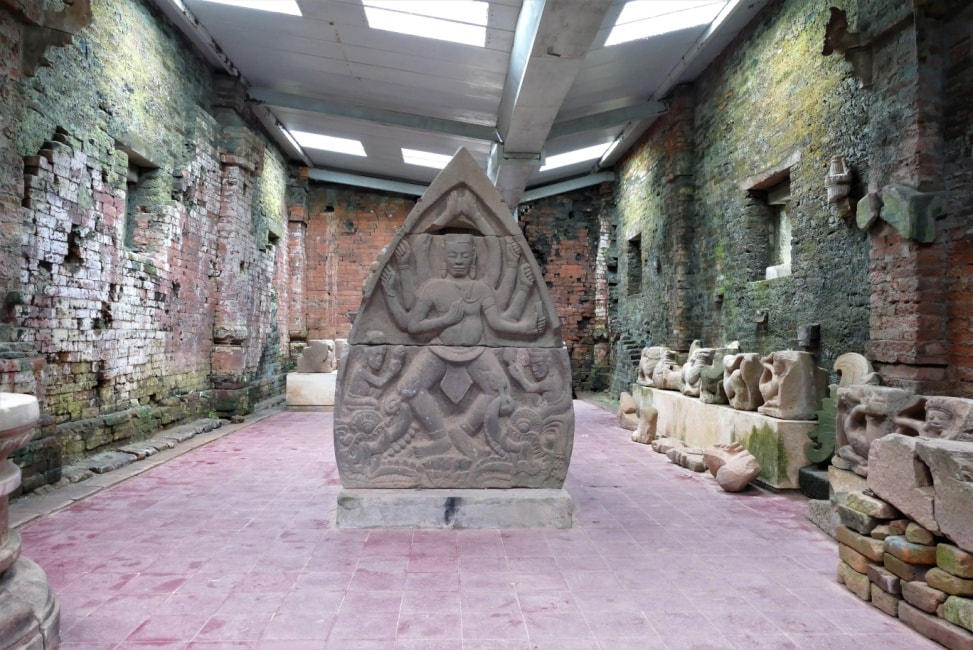
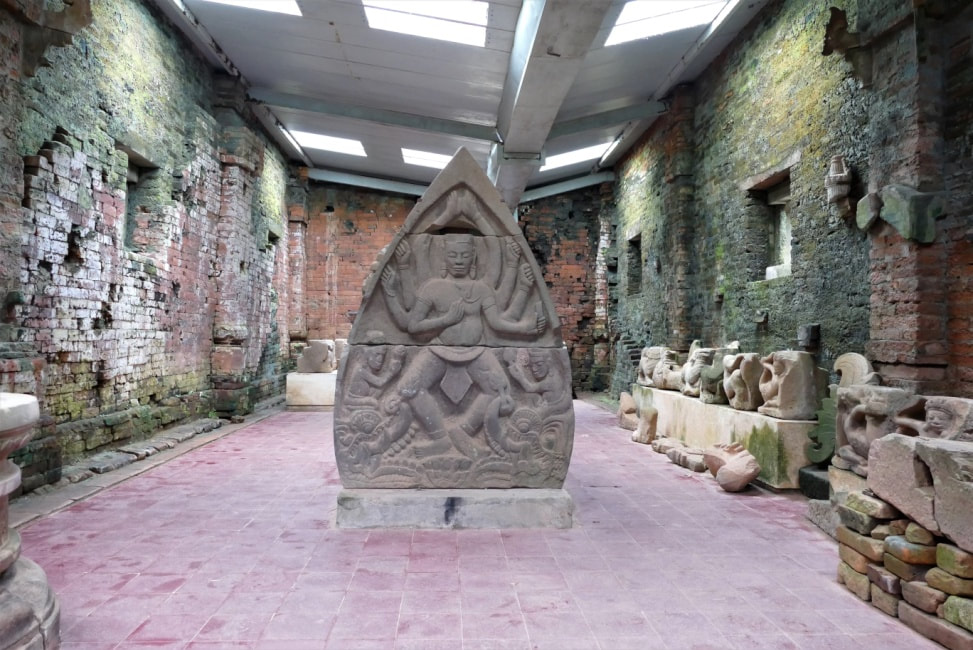

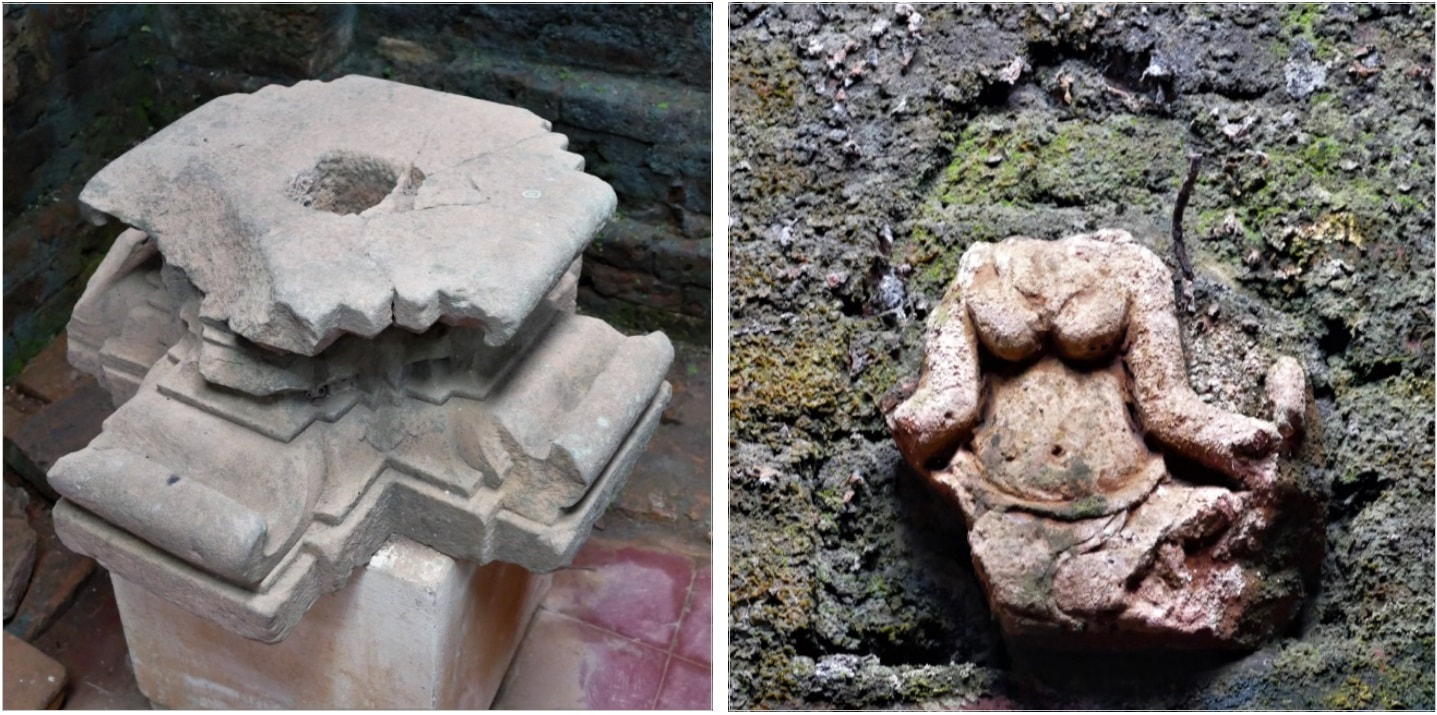
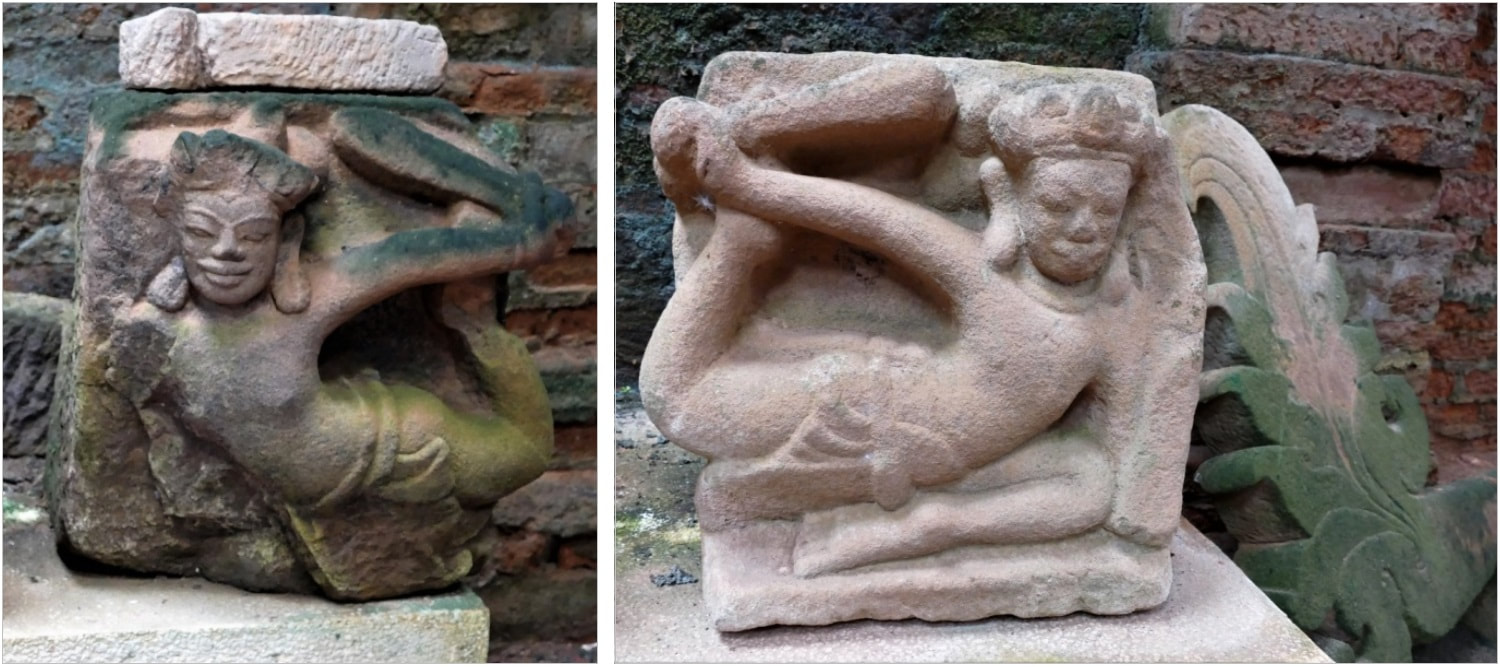
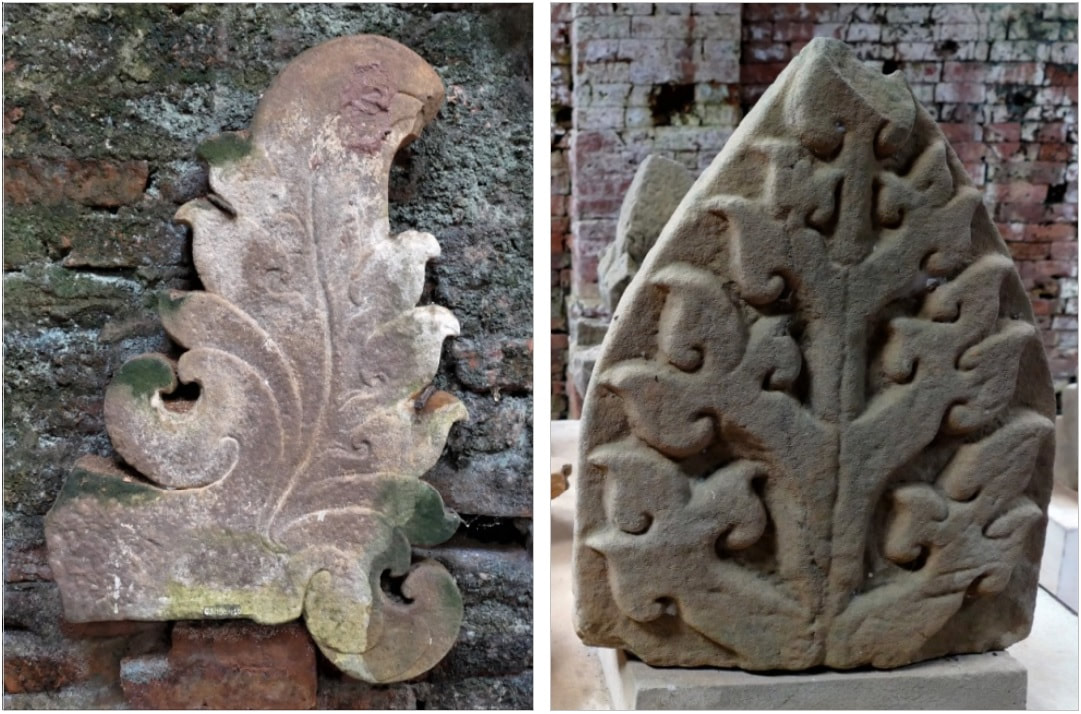
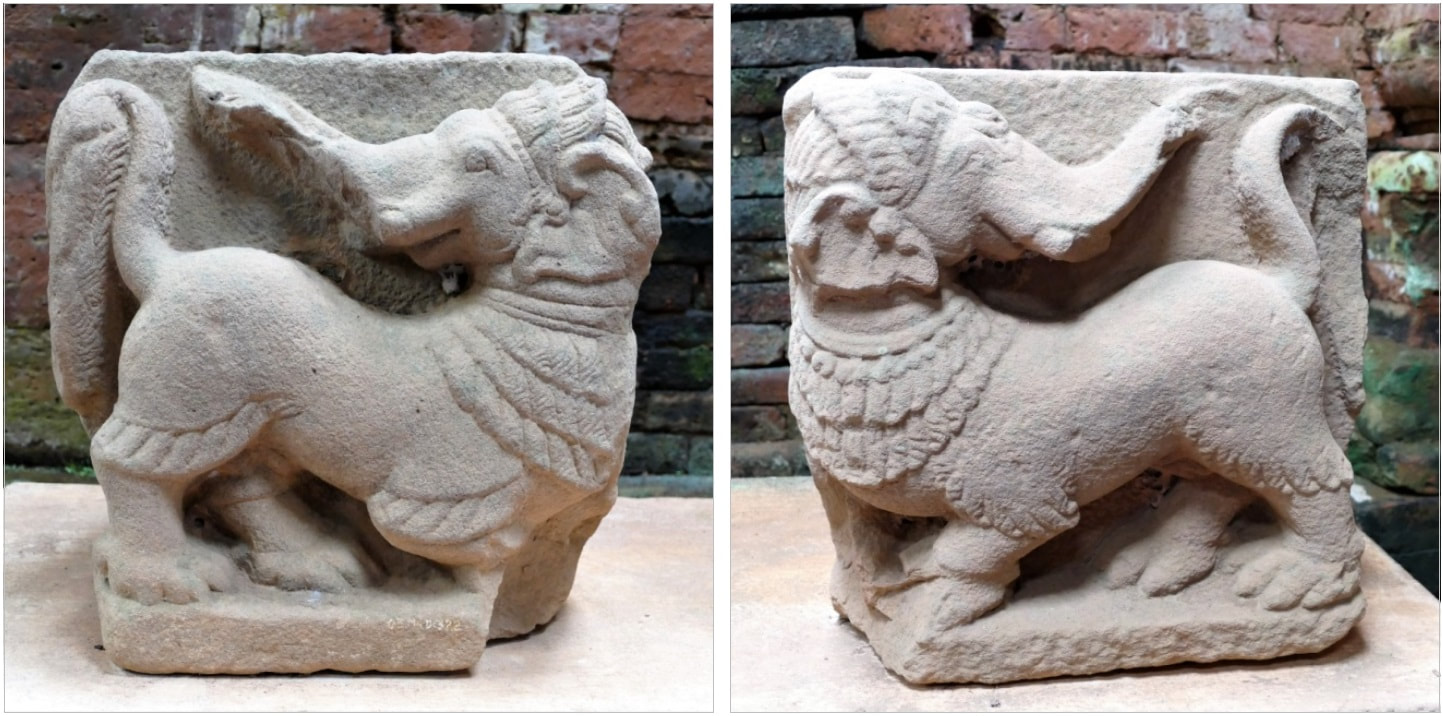
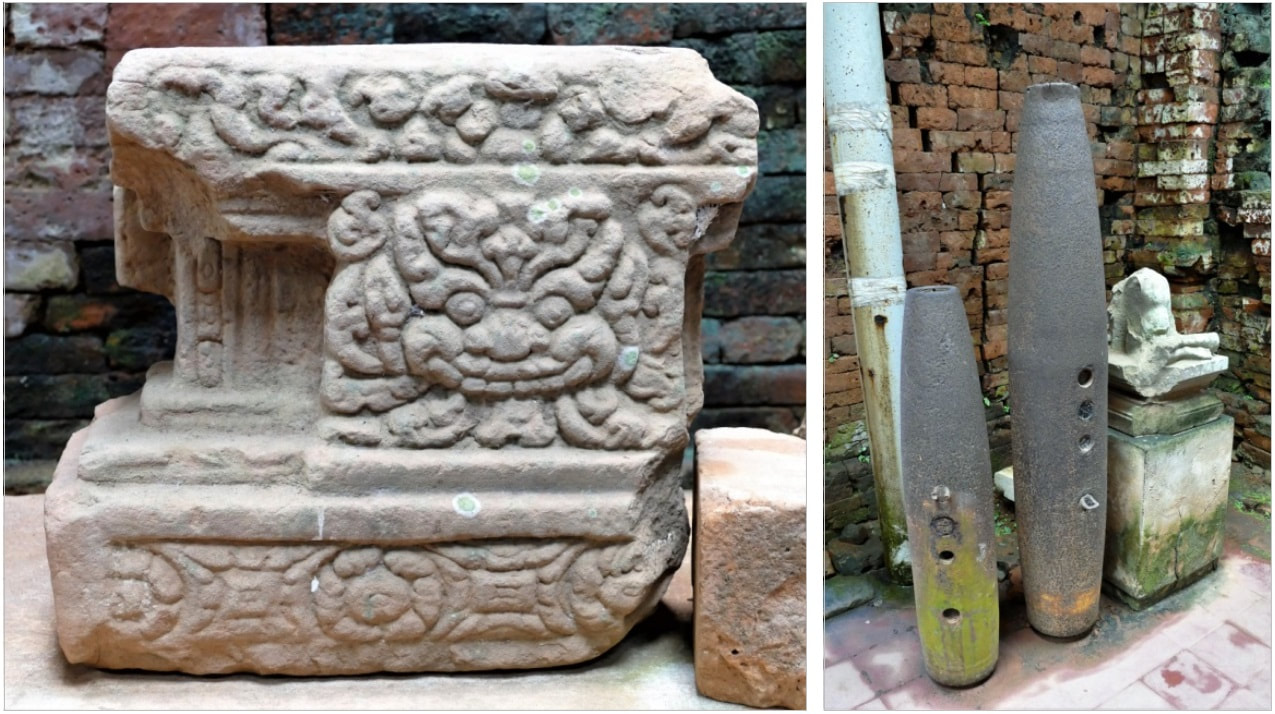
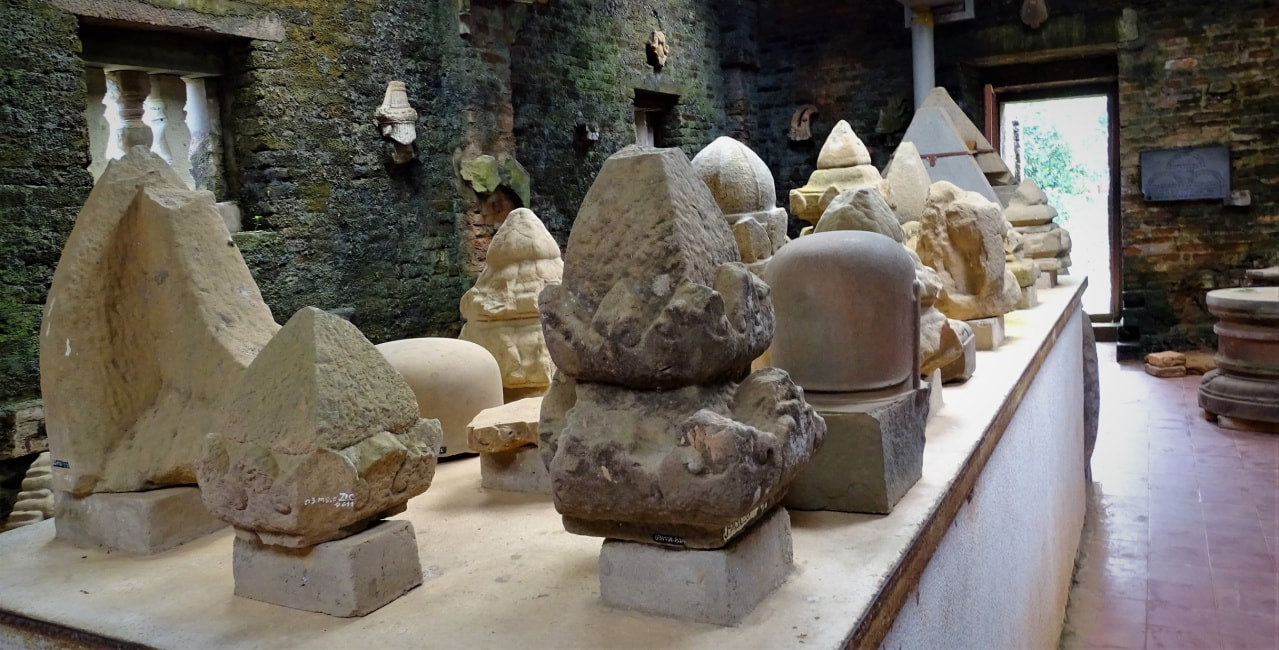
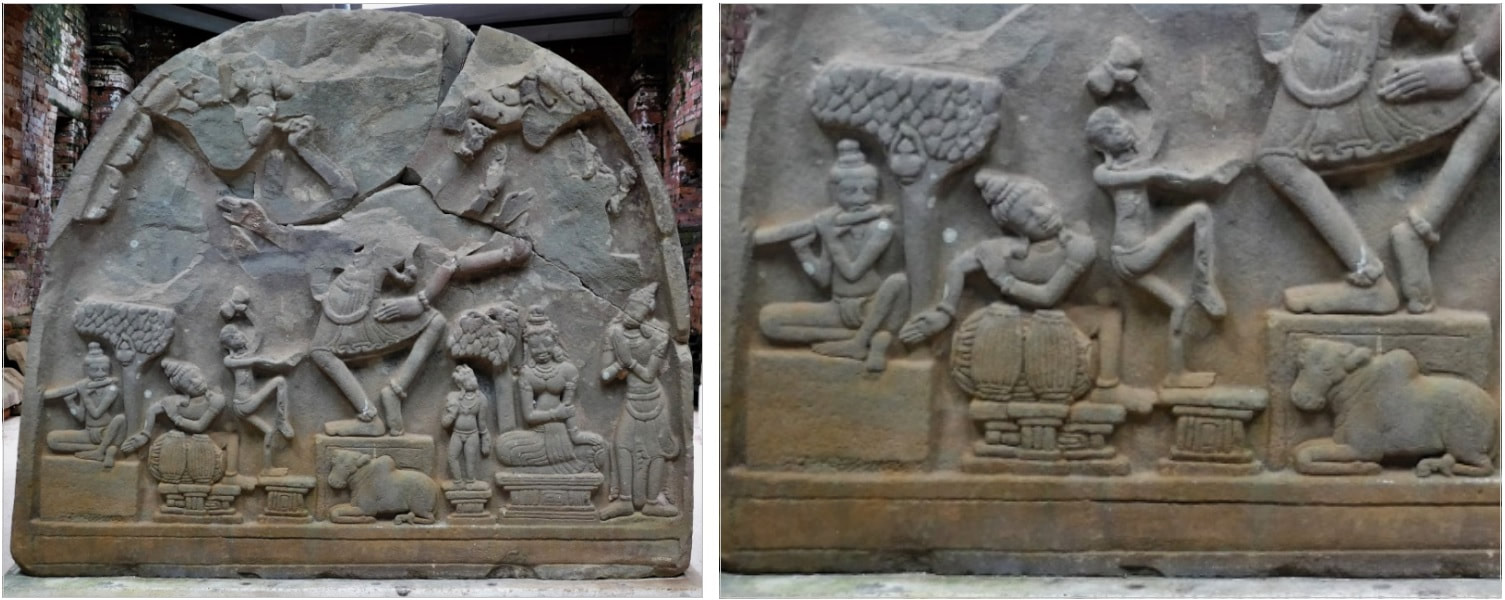
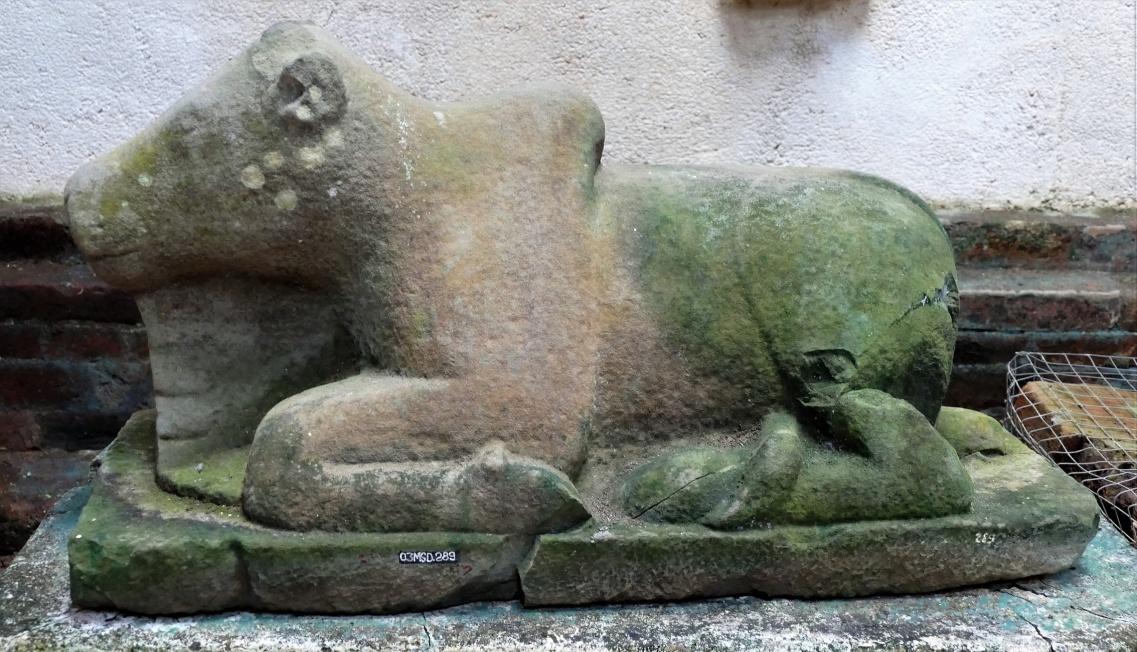
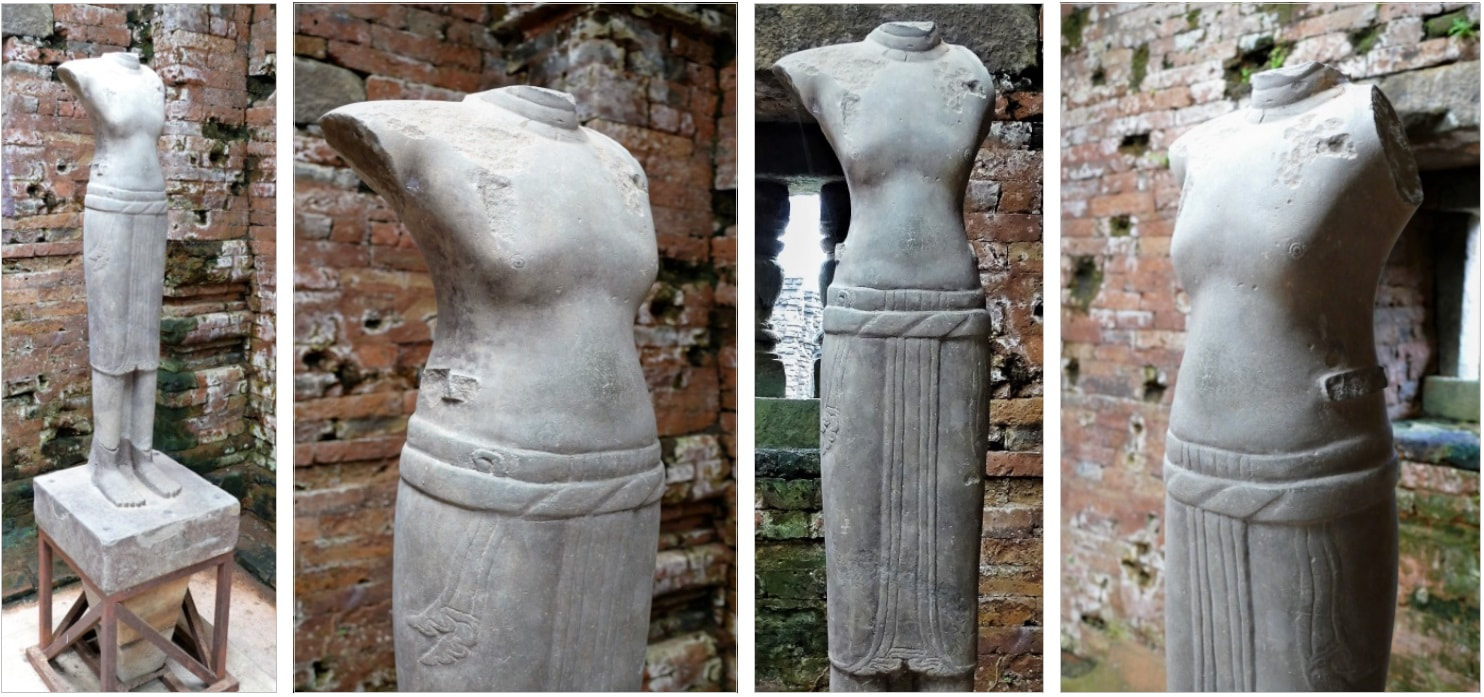
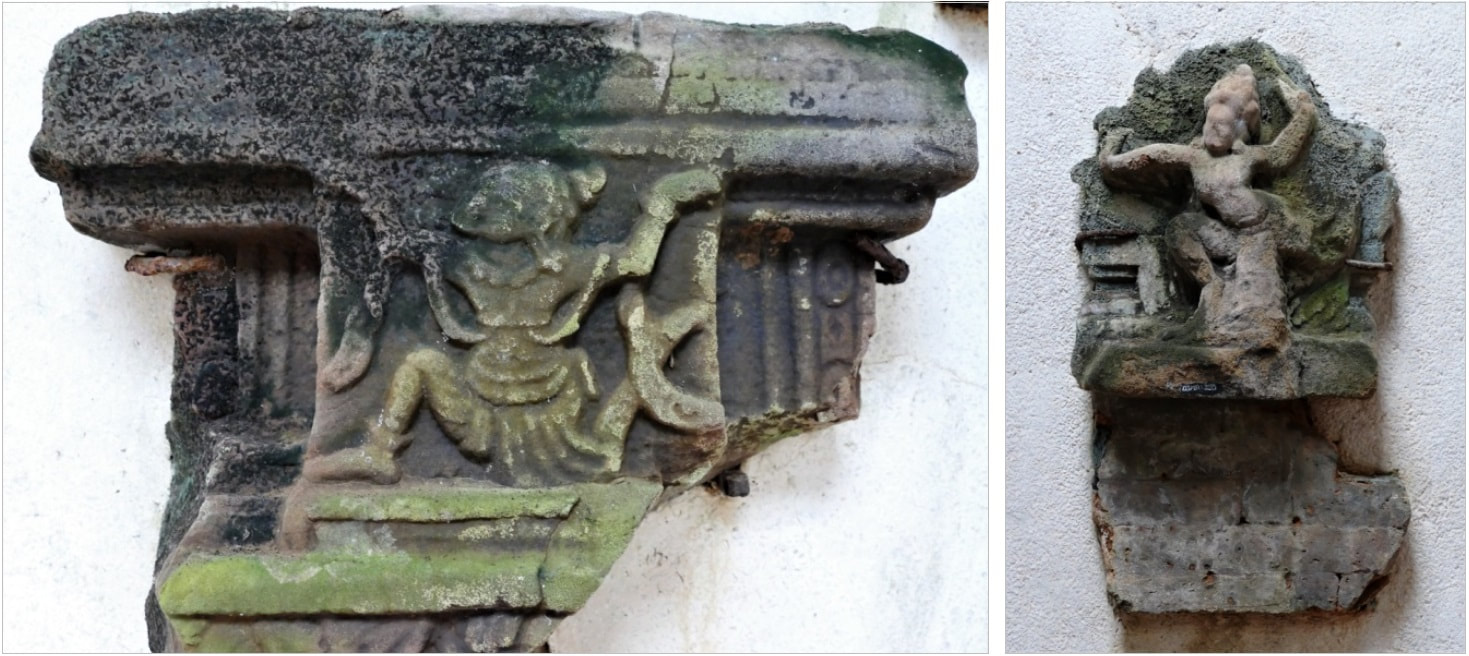
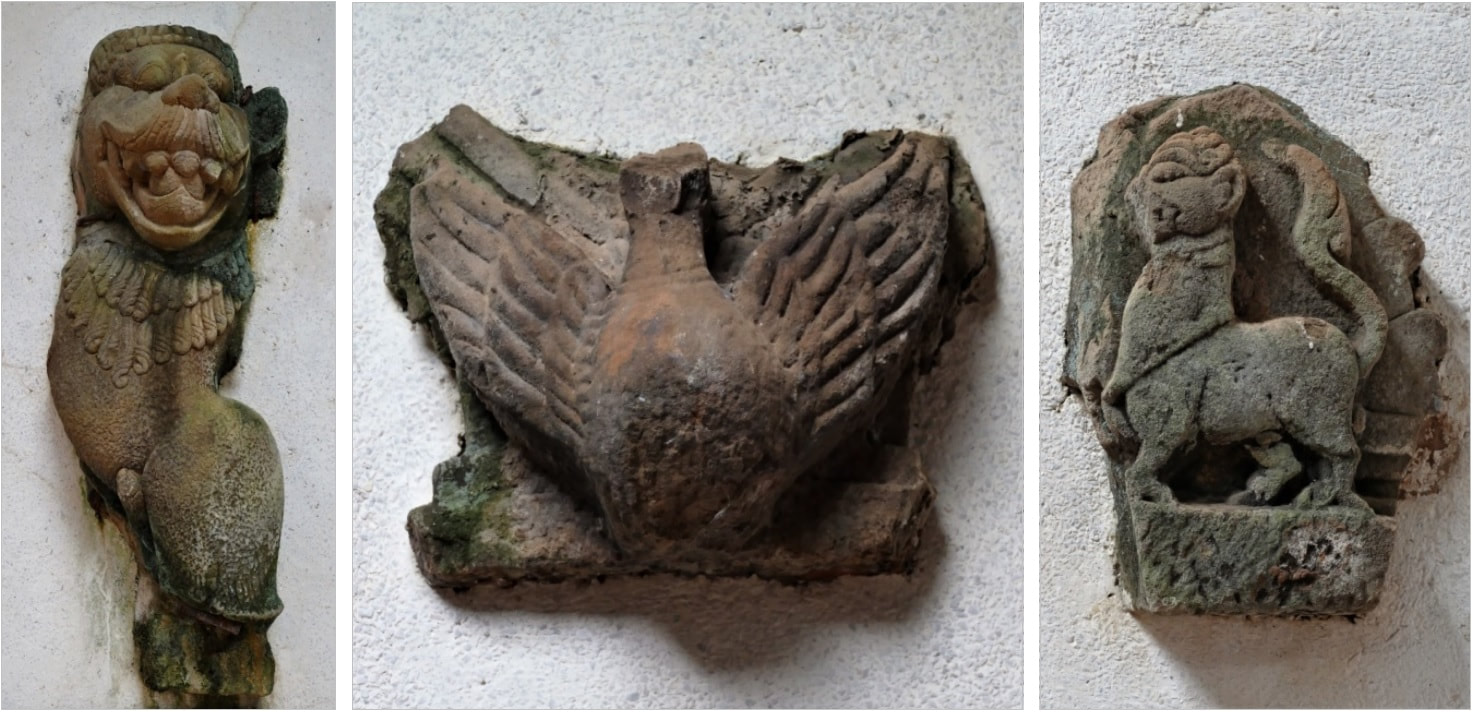
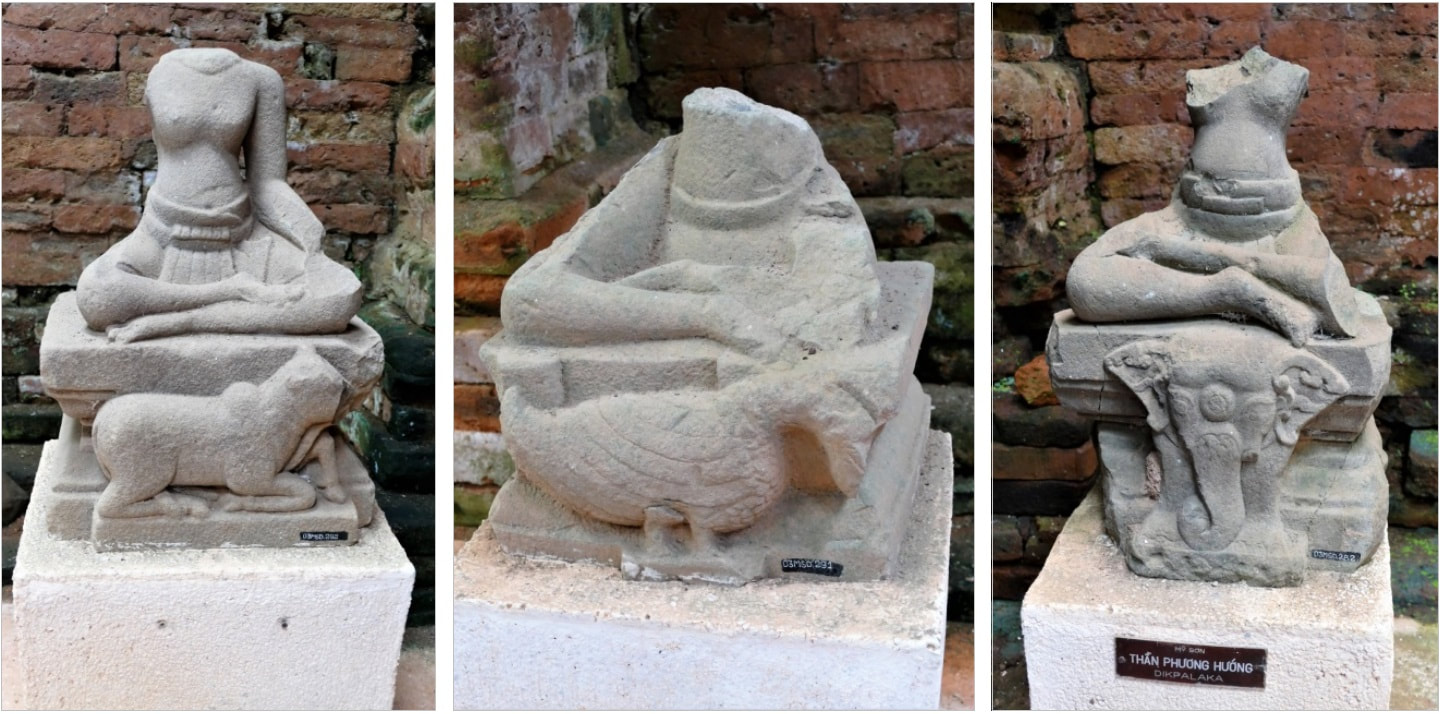
 RSS Feed
RSS Feed
